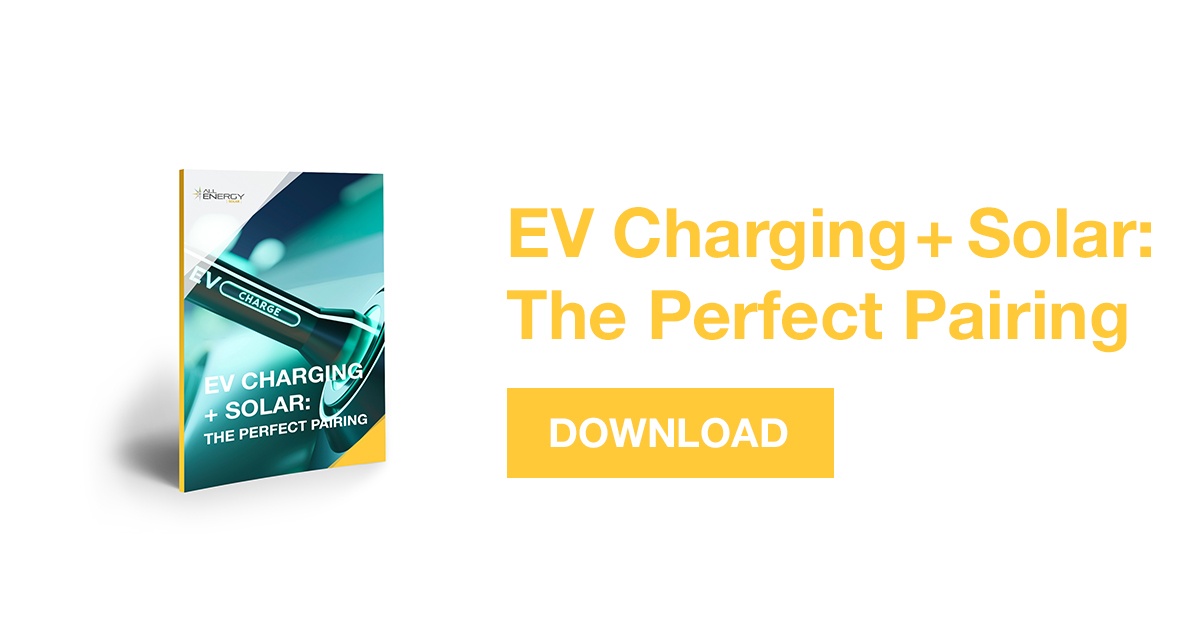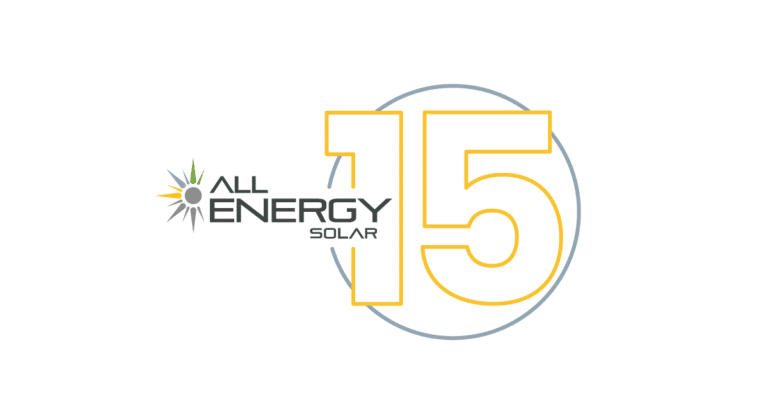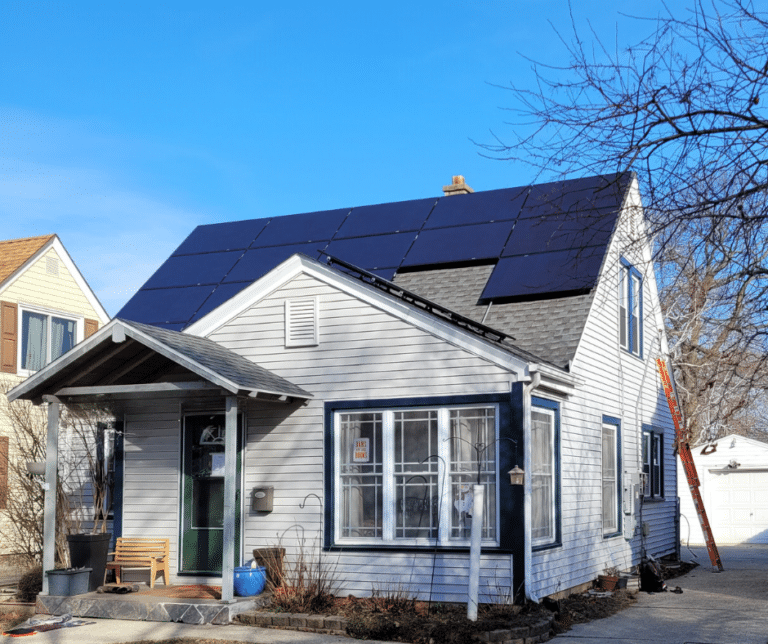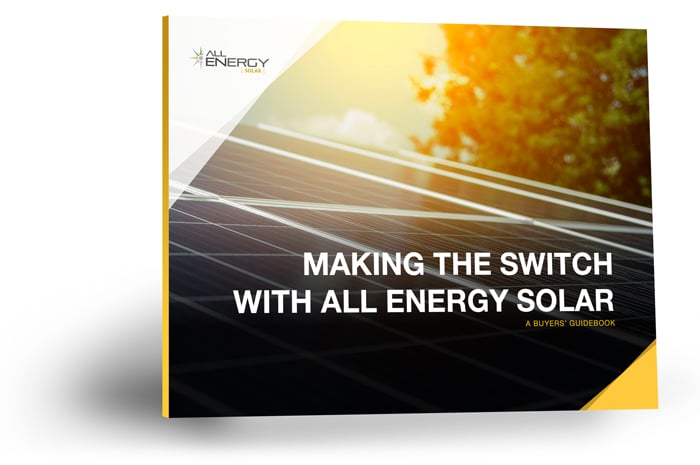With dramatic changes in gas prices and a growing number of automobile manufacturers offering full or hybrid Electric Vehicle (EV) options, more and more people are considering adding a home EV charging station. If you’re also considering adding solar, the addition of an EV charging station is an easy one, but if you’re one of the many people who have already made the move to solar and now would like to add an EV charging station, here’s what you should know.
Solar and EVs are a perfect pairing
Most people who are considering or have already made the move to buying an EV have done so for one of two reasons:
- EVs are a cleaner, more environmentally friendly and sustainable form of transportation.
- EVs offer superb efficiency, cheaper energy costs, less maintenance, and better overall performance.
These points are valid but are doubly so when you pair your EV with your own self-generated, cost-effective, clean, and renewable solar energy.
Retrofitting your system
EVs come with a level 1 charger that you can plug into your traditional outlet without modifying your current electrical system. Unfortunately, a level 1 charger will only provide your EV a slow trickle of fuel, not enough to reach maximum capacity. To get enough power to charge your vehicle in a reasonable timeframe, say overnight, you’ll need at minimum a level 2 charging station such as an Enphase IQ or Tesla Powerwall. In order to meet the demand of your level 2 charger, you’ll need roughly five additional solar panels, an inverter, and a dedicated 208-240 Volt, 40 Amp circuit.
Do you have to add a battery storage system?
If you’re hoping to charge your vehicle at night when your solar panels are not producing energy, you may consider adding a battery storage system. However, since most states have net metering policies in place, if you choose not to add a battery storage system when you charge your EV, you’ll simply be buying back the electricity you sold to the grid during the day to charge your vehicle at night.




